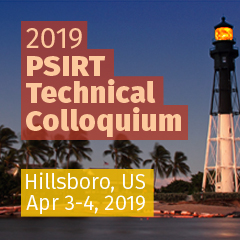Beverly Miller has been the program manager for Lenovo's PSIRT since its inception over 4 years ago, leads FIRST's Vendor SIG, serves on MITRE’s CVE Board and was involved in the PSIRT Framework effort last year.
Scott Kelso currently manages Lenovo's Corporate Product Security Office. Prior to this, Scott was responsible for triage of new vulnerability reports, authored our security advisories and was heavily engaged in our tools development.
There is a common problem across many PSIRTs that Lenovo has struggled with since day one: Linking software/firmware vulnerabilities to hardware products.
Our PSIRT supports hardware products that are made up of firmware and software components. Each of these components include 3rd party components and open source code where the vulnerabilities actually occur. How can we match the reported vulnerability to the software package and then to the hardware product so we know what to communicate to our customers?
We tried managing our inventory through spreadsheets…BUT it aged quickly as new products were launched and old products went end of support.
AND it was time-consuming to maintain across multiple business units which are segmented into many brands and development teams.
Not scalable or sustainable!
Thanks to new skills on the team, we took another stab at solving the problem. We call it the Product Attribute Database, or PAD for short.
PAD links with Lenovo Support’s knowledge management database and allows us to view all Lenovo supported products as well as the supported firmware and software components for each of those products.
A large part of the problem is solved with this step!
To resolve the issue of which 3rd party components and open source code are included in each firmware and software component, we took it a step further.
Development scans their components and reports the 3rd party components and open source used. We call these ‘attributes’ and load them into PAD.
The attributes are then linked to the applicable hardware or software component.
What all this means is that when we receive a vulnerability report for glibc, for instance, we don’t have to scrub spreadsheets trying to determine what products may be affected. Instead, we create a case and PAD returns a list of products and their supported components which include glibc. Each product + component combination becomes a task that is assigned to an owner.
Because we track and assign this way, we know who we need responses from and can follow up as needed.
The end result is streamlined case creation, accurate assignment, product inventory management including 3rd party components/open source software, reduced time in preparing security advisories and improved SLA metric reporting.





